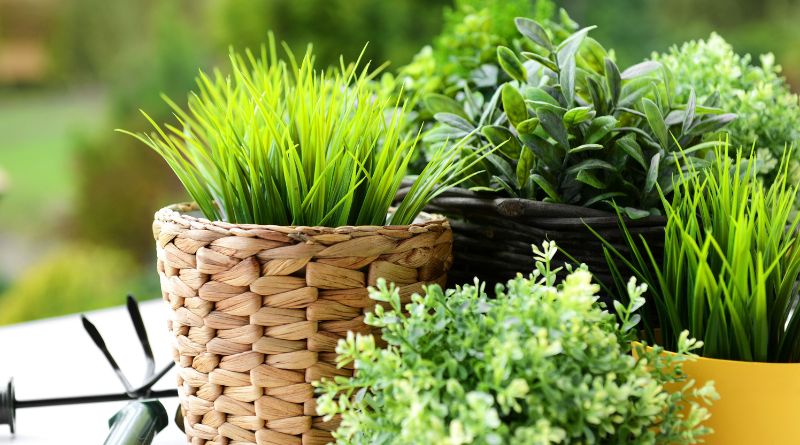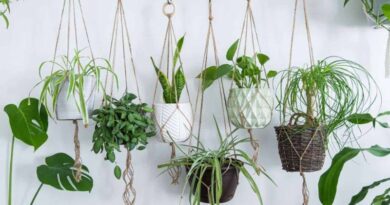Container gardening is a versatile and rewarding way to cultivate plants, whether you have limited outdoor space or simply want to add greenery to your patio or balcony. From herbs and flowers to vegetables and small trees, there’s a wide array of plants that thrive in containers. If you’re considering starting a container garden, here are seven key things to know:
1. Select the Right Containers
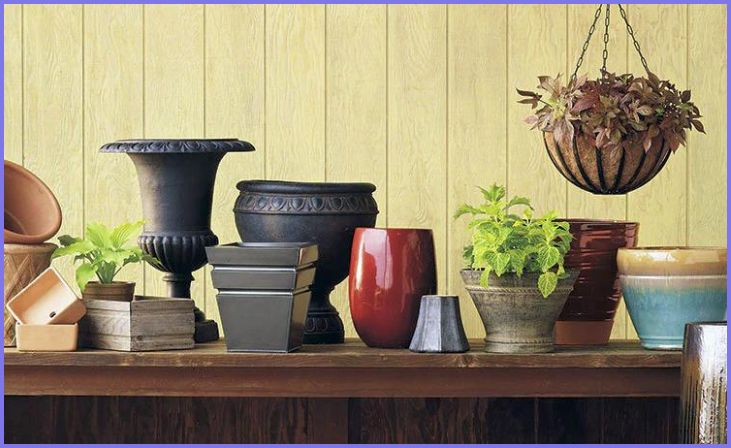
Choosing the appropriate containers is crucial for successful container gardening. Opt for containers with drainage holes to prevent waterlogging, as excess moisture can lead to root rot. Additionally, consider the size of your plants and select containers with sufficient room for root growth. Materials like plastic, ceramic, wood, and metal are popular choices, each with its own advantages and aesthetic appeal.
2. Use Quality Potting Mix
Unlike garden soil, which may compact and hinder drainage in containers, potting mix is specially formulated to provide proper aeration and moisture retention. Look for high-quality potting mixtures containing ingredients like peat moss, perlite, and vermiculite. Avoid using garden soil, as it may introduce pests, diseases, and weed seeds to your container garden.
3. Pay Attention to Sunlight
Most plants require adequate sunlight to thrive, so it’s essential to consider the sunlight exposure in your chosen location. Evaluate your outdoor space to determine whether it receives full sun, partial sun, or shade throughout the day. Select plants that match the light conditions of your space, ensuring they receive the necessary amount of sunlight for healthy growth.
4. Water Regularly
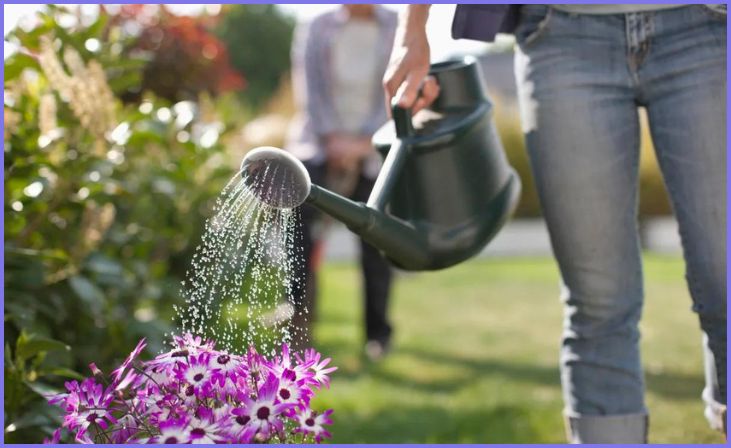
Container plants often require more frequent watering than their in-ground counterparts, as containers can dry out quickly, especially in warm weather. Establish a consistent watering schedule and monitor the moisture level of the potting mix regularly. Water thoroughly until excess water drains from the bottom of the container, but avoid overwatering, as it can lead to root rot and other issues.
5. Provide Adequate Drainage
Proper drainage is essential for preventing waterlogged soil and root rot in container gardens. Ensure that your containers have sufficient drainage holes in the bottom to allow excess water to escape freely. Elevating the containers on pot feet or adding a layer of gravel to the bottom can further improve drainage and prevent water from pooling around the roots.
6. Fertilize Appropriately
To support healthy growth and vibrant blooms, container plants benefit from regular fertilization throughout the growing season. Choose a balanced, water-soluble fertilizer specifically formulated for container plants and follow the manufacturer’s instructions for application frequency and dosage. Avoid over-fertilizing, as it can lead to nutrient imbalances and damage to the plants.
7. Monitor for Pests and Diseases
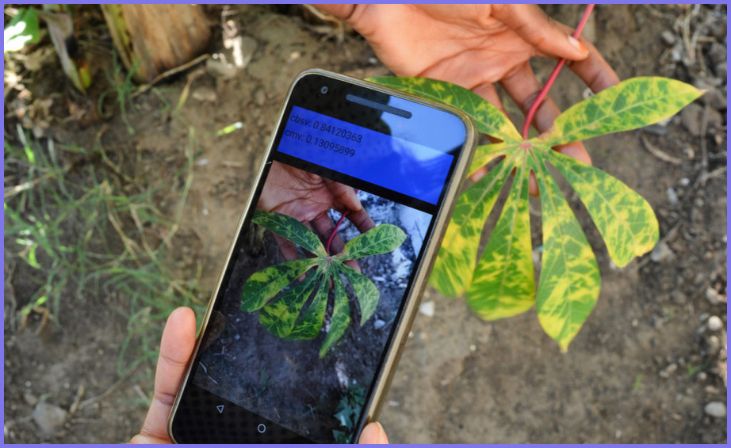
Just like traditional gardens, container gardens are susceptible to pests and diseases that can affect plant health. Keep an eye out for common pests such as aphids, spider mites, and whiteflies, as well as symptoms of fungal diseases like powdery mildew and root rot. Promptly address any issues by removing affected plant parts, applying organic pest controls, or using appropriate fungicides.
By following these essential tips, you can create a thriving container garden that adds beauty and greenery to your outdoor space. Whether you’re growing herbs, flowers, or vegetables, container gardening offers endless possibilities for gardeners of all skill levels. Start small, experiment with different plants and container arrangements, and enjoy the rewarding experience of nurturing your own little oasis.

